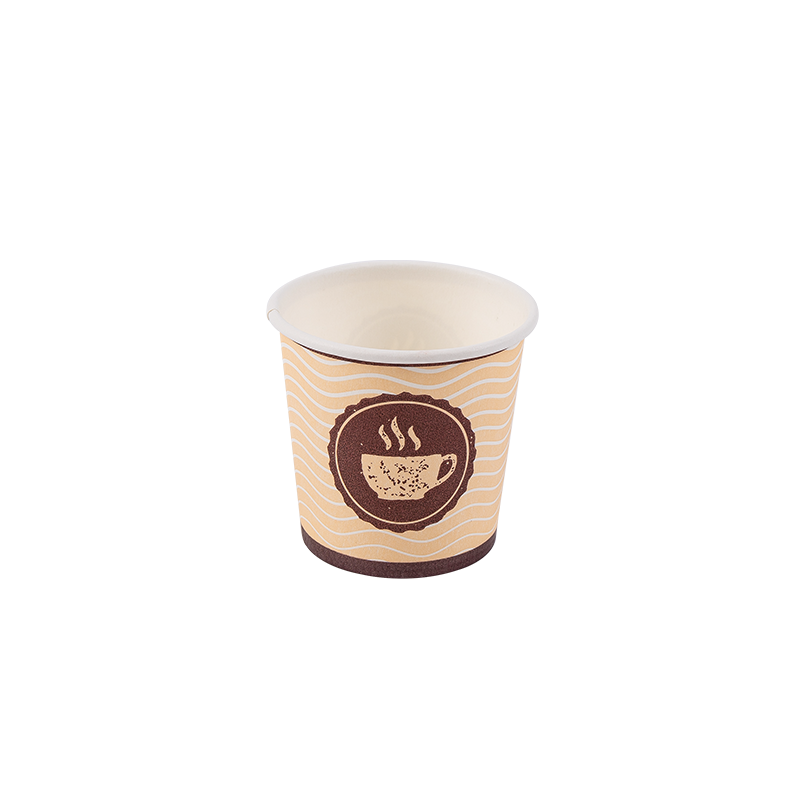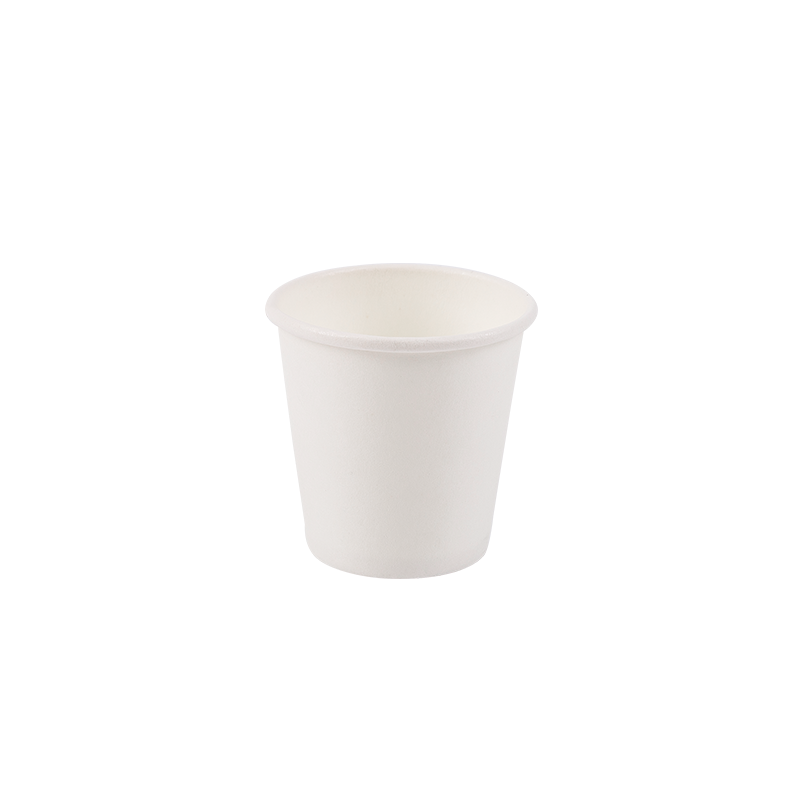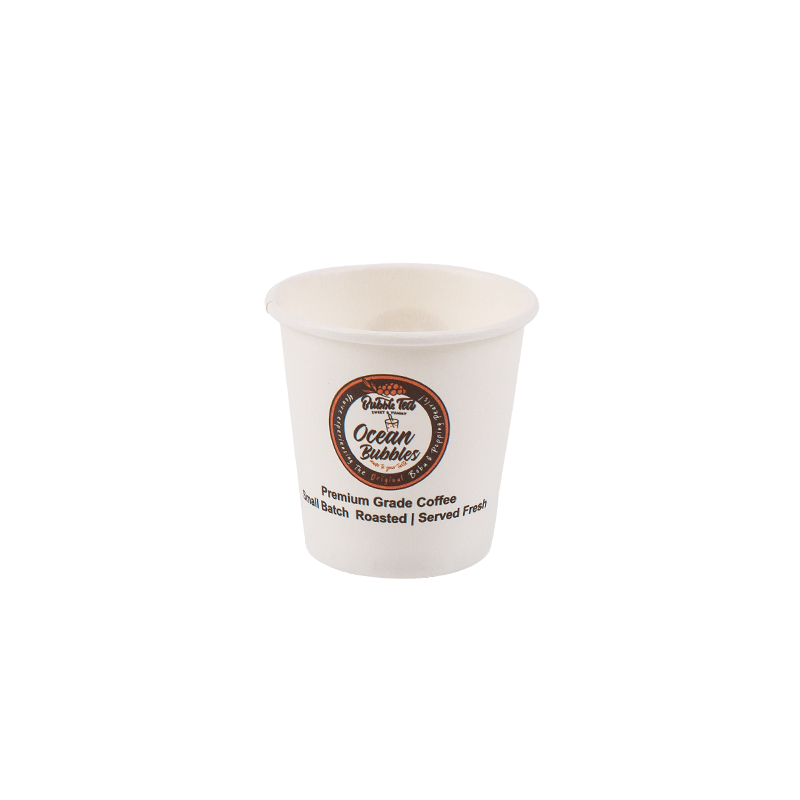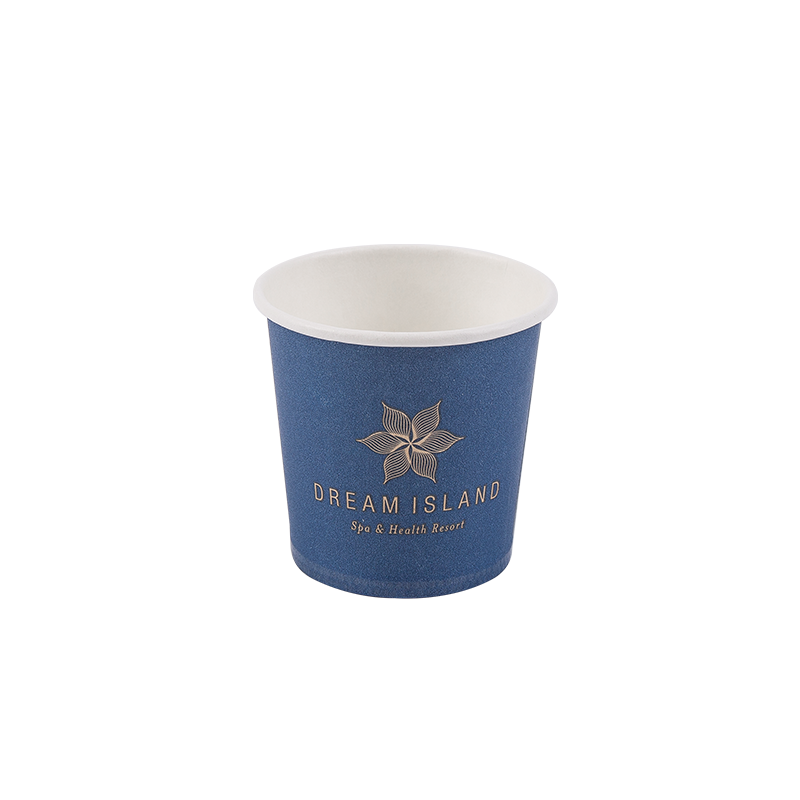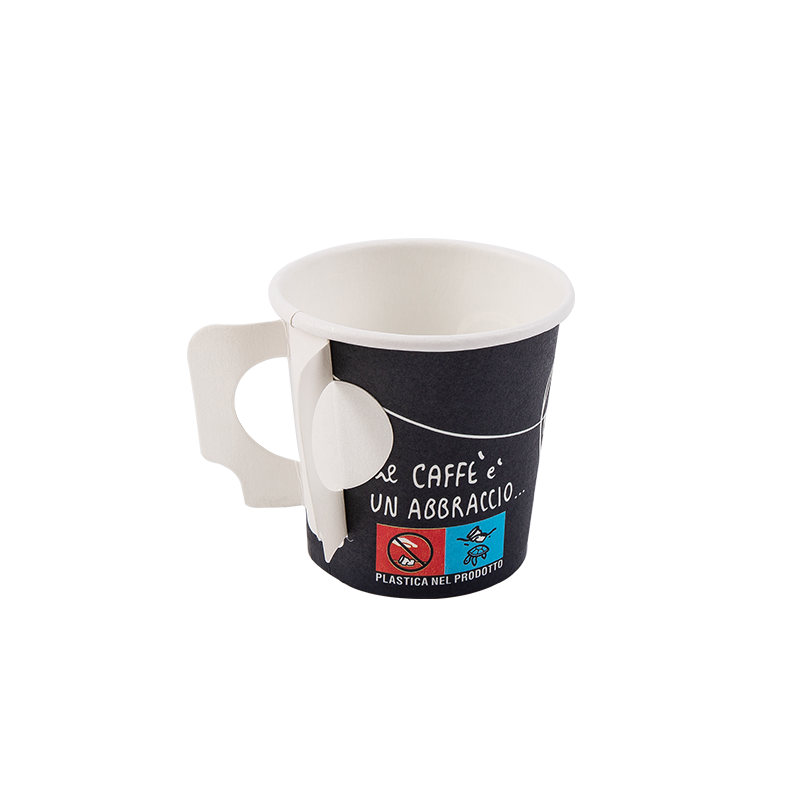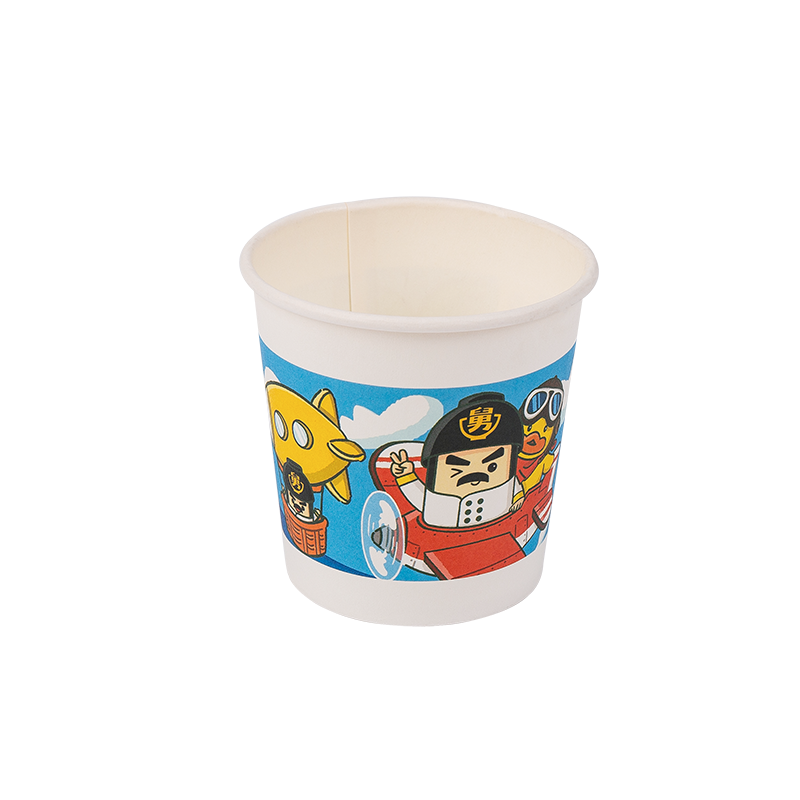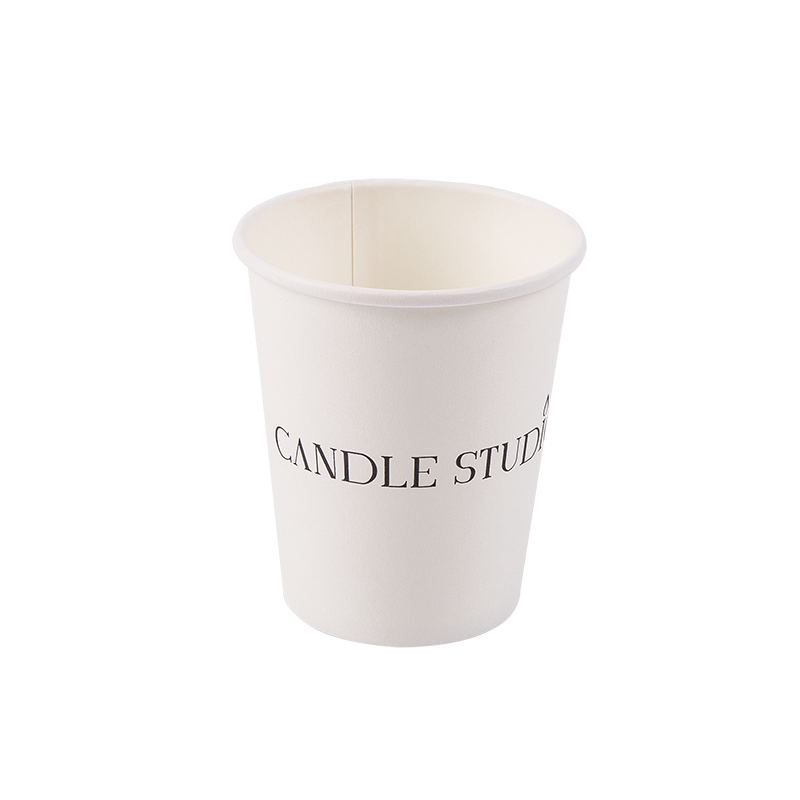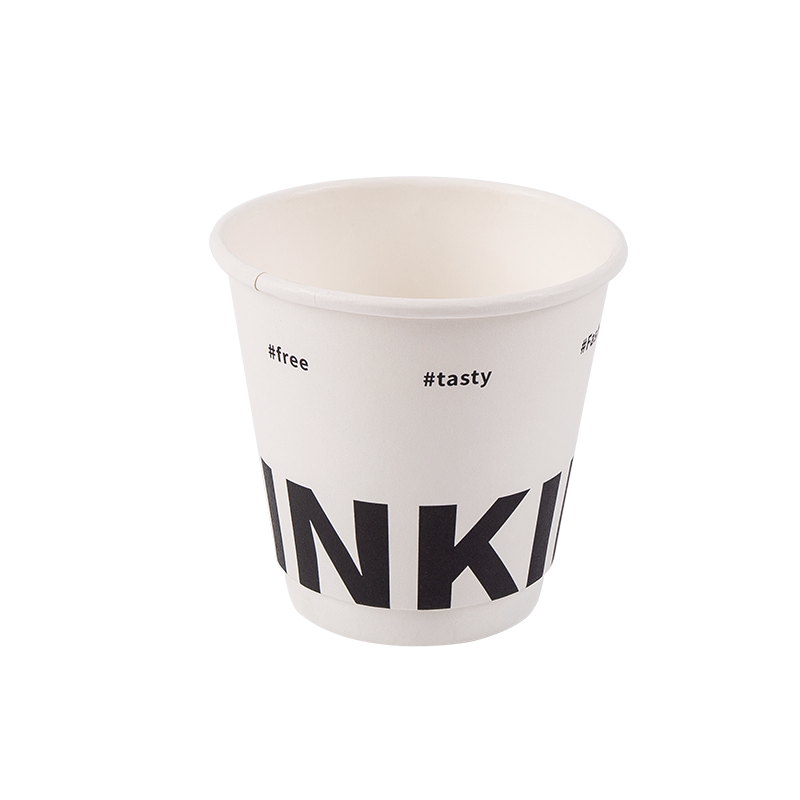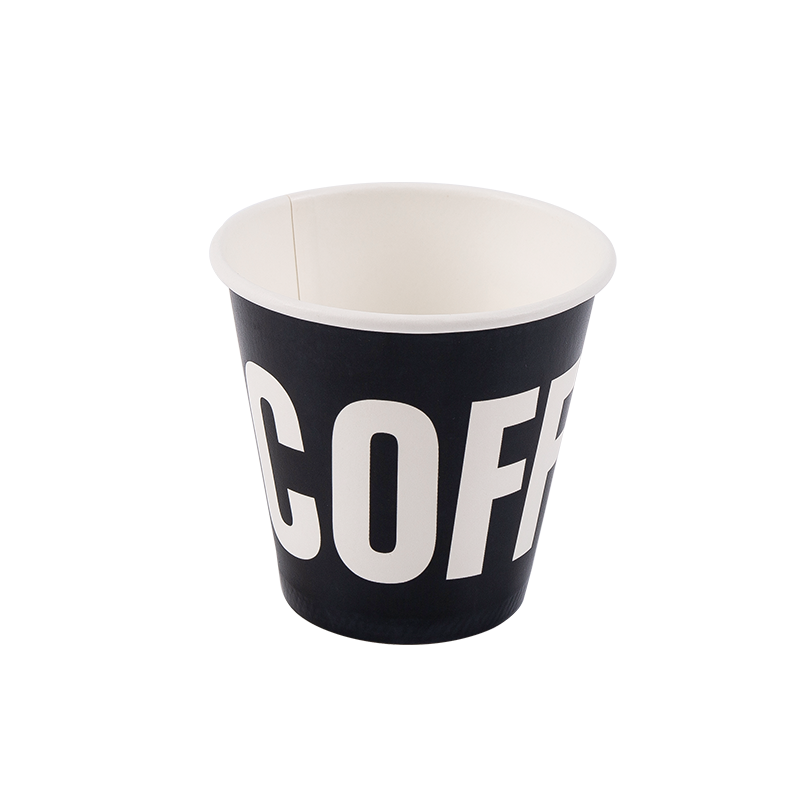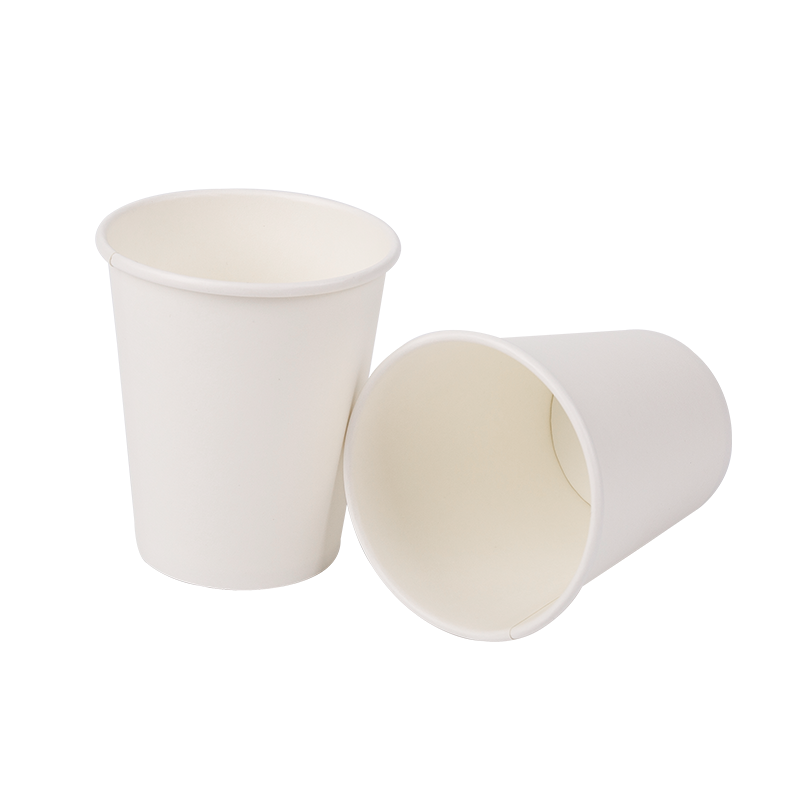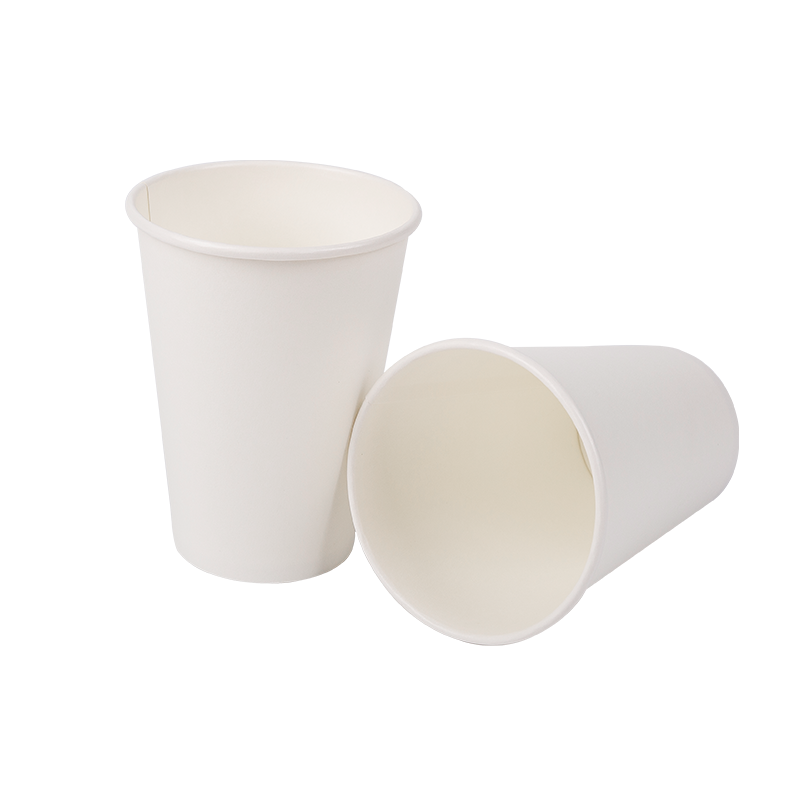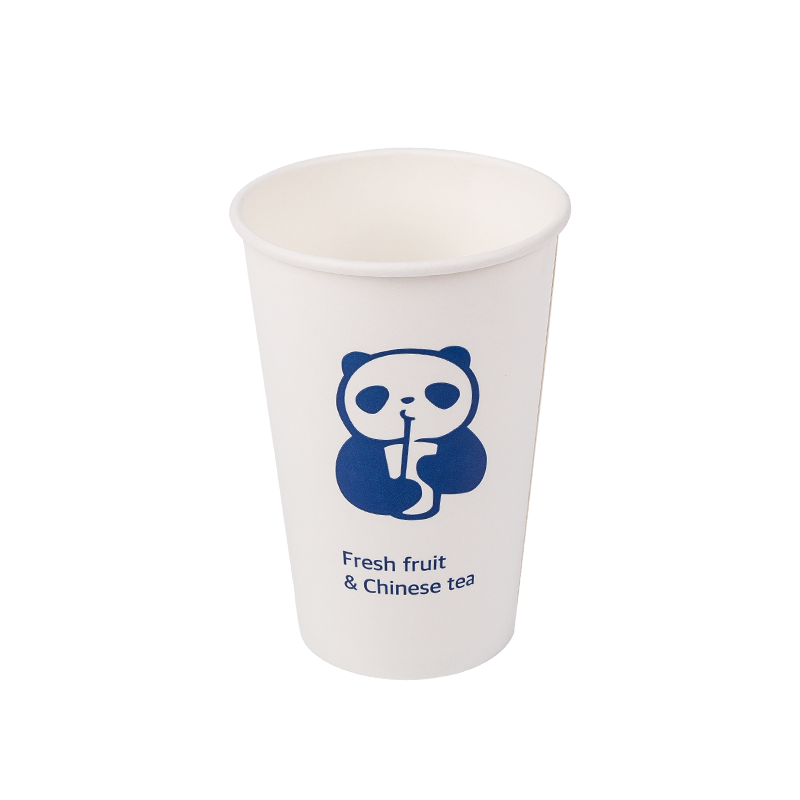The ubiquitous paper cup, a seemingly simple everyday item, belies a sophisticated manufacturing process that has evolved significantly since its inception. From your morning coffee to a refreshing cold drink, these convenient receptacles have become indispensable. But what exactly goes into producing these single-use containers, also known as biodegradable paper cups, paper containers, or even drink cartons in some contexts? Let's take a comprehensive look.
The Raw Materials: More Than Just Paper
While "paper" is in the name, the modern paper cup is a composite material designed for specific functionality. The primary raw material is high-quality paperboard (also referred to as cup stock or base paper), typically virgin fiber sourced from sustainably managed forests. This paperboard is specially treated for food contact and often bleached.
To make the paperboard liquid-resistant, it undergoes a crucial lamination process. Traditionally, polyethylene (PE) is applied as a thin coating on one or both sides of the paperboard. This PE layer acts as a barrier, preventing leaks and maintaining the structural integrity of the cup when filled with liquids. For hot beverages, a double-sided PE coating is common to enhance insulation and prevent condensation from softening the outside.
However, with increasing environmental consciousness, manufacturers are exploring alternative barrier coatings. Polylactic acid (PLA), a biodegradable and compostable bioplastic derived from renewable resources like corn starch, is gaining traction as a more sustainable option for biodegradable cups. Other innovative coatings, including water-based dispersions, are also being developed to create fully recyclable or compostable beverage containers.
The Manufacturing Process: From Roll to Ready
The production of paper cups is a highly automated and precise multi-stage process:
-
Printing: Large rolls of paperboard are first fed into high-speed printing presses. Here, designs, logos, and branding are printed onto the paperboard using food-grade inks. Both flexographic and offset printing methods are commonly employed.
-
Die-Cutting: After printing, the paperboard rolls are moved to die-cutting machines. These machines precisely cut the printed paperboard into flat "blanks" – the individual shapes that will form the body and bottom of each cup. The accuracy of this step is critical for consistent cup formation.
-
Side Wall Forming: The cut blanks, which are essentially the side walls of the cup, are then transported to forming machines. Here, each blank is wrapped around a mandrel (a cylindrical mold) and the overlapping edges are heat-sealed together, forming the conical or cylindrical shape of the cup body. For PE-coated cups, the heat melts the PE, creating a strong bond.
-
Bottom Insertion: Simultaneously, separate circular "bottoms" are punched out from another roll of paperboard (also often PE-coated). These bottoms are then inserted into the open end of the formed cup body. A flanging and curling process secures the bottom in place, creating a leak-proof seal.
-
Rim Rolling/Curling: The top edge of the cup undergoes a rim rolling or curling process. This creates a smooth, rounded lip that adds structural rigidity to the cup, makes it more comfortable to drink from, and provides a secure fit for lids.
-
Quality Control and Packaging: Throughout the entire process, advanced sensors and vision systems monitor for defects. Imperfect drinkware items are automatically rejected. The finished disposable drinking vessels are then stacked, counted, and packaged, typically in sleeves or boxes, ready for distribution.
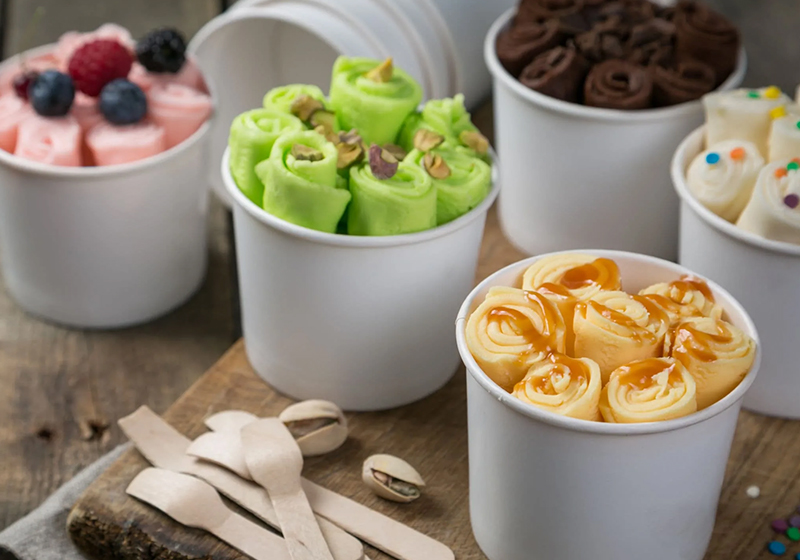
Innovation and Sustainability: The Future of Paper Cups
The paper cup industry is continually innovating, driven by both consumer demand and environmental regulations. Efforts are focused on:
-
Enhanced Recyclability: Developing barrier coatings that can be easily separated from the paper fibers during recycling, or creating single-material paper cups that are inherently recyclable.
-
Compostable Solutions: Increasing the availability and performance of compostable cups made with PLA or other biodegradable materials, supporting circular economy initiatives.
-
Resource Efficiency: Optimizing paperboard thickness, cup design, and manufacturing processes to minimize material usage and energy consumption.
-
Customization and Branding: Offering more advanced printing technologies and customization options for businesses, allowing them to use branded cups as a powerful marketing tool.
The journey of a paper cup from raw material to your hand is a testament to sophisticated engineering and a commitment to convenience. As the industry continues to evolve, we can expect to see even more sustainable and innovative single-serve containers in the future.










 English
English русский
русский Español
Español 中文简体
中文简体